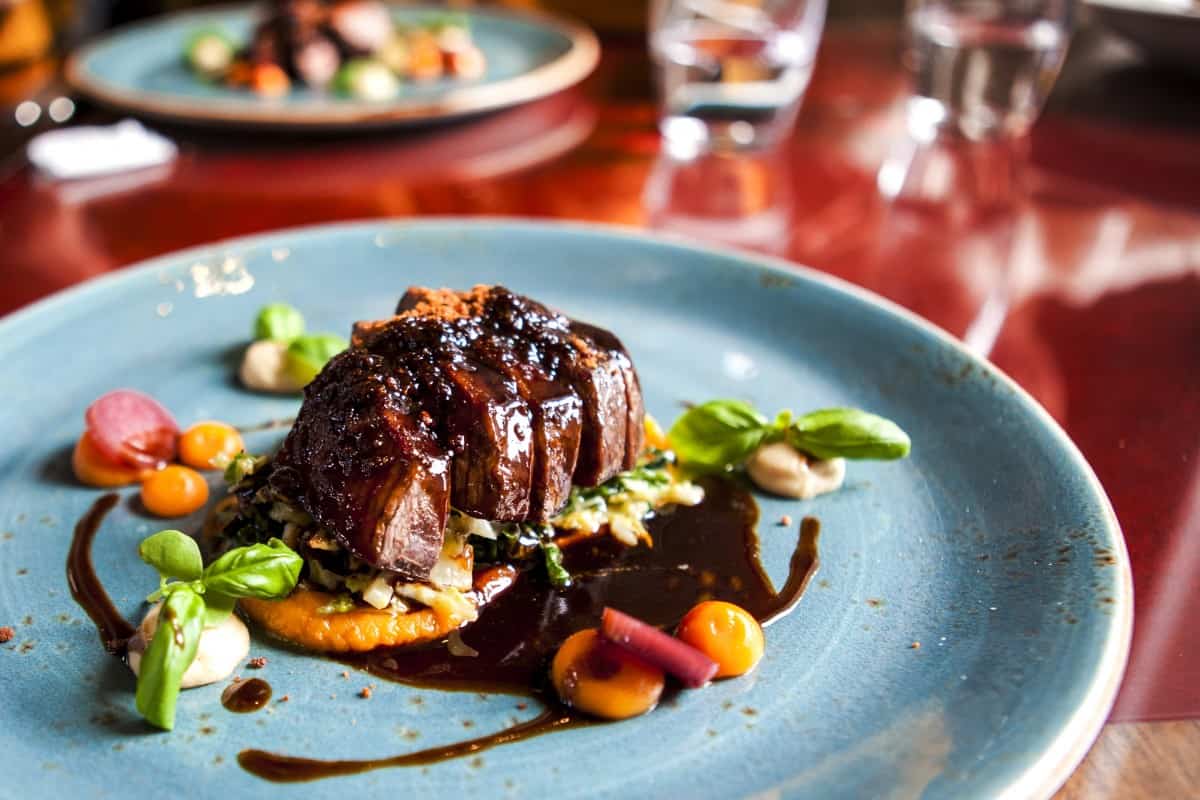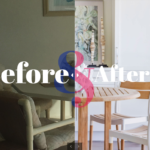Designing a restaurant for all 5 senses
Let’s be honest. Starting a restaurant is not for the faint of heart. As a professional interior designer and business owner, I am all too aware of the challenge to make a profit, especially in the first year. That’s why the experience of your guests is more important than ever because great food is a given. It’s assumed that what is put on the plate is going to smell and taste great or you won’t be back. But frequent diners are looking for something more, especially in the up and coming restaurant market here in Northeast Florida. 67% of diners state that their overall experience is a top priority. This article focuses more on the other senses.
We eat with our eyes.
At first glance, this is not an earth-shattering insight. But I’m not referring to how your meal is plated, that’s what great chefs already do. A customer begins to form an impression of their dining experience before they walk through the door. Don’t overlook the design of your outdoor seating, lighting and space design. They set the expectation for what is coming.
Restaurant interior design is all about building a strong brand. The design of the space should reflect the type of food being served. A family-style restaurant is not going to have the same type of space planning and seating as an intimate dining experience. I approach design by first learning what the chef envisions and then creating an integrated experience from food in to food out.
“I always say that I don’t believe I’m a chef. I try to be a storyteller.”
Jose Andrés
The finished design should enhance the story that is told from the moment your guests arrive.
A restaurant should have a certain feel.
And by this I mean textures. Frequent diners, especially women, are drawn to spaces that entice you with things to touch. Not every surface has to be velvet or silk, that’s not what I’m getting at. My perspective on this comes from my experience designing for high-end residential homes. The dining experience in these homes is highly curated and tactile. When you walk into one of my finished dining rooms or kitchens, you just want to touch everything. It’s an unconscious reaction and the result is diners that come back again and again.
A good interior designer is going to make sure that these interior finishes are executed beautifully, if not they take away from your aesthetic and reflect poorly on your brand. Remember, we are not building a restaurant, we are building a brand.
What? I can’t hear you.
We’ve all experienced restaurants that are so loud that you cannot have a conversation with the person sitting across from you. A lively ambiance is one thing but the lack of intimacy in an environment is a factor of poor design decisions. It’s not enough to create an iconic design. Restauranteurs desire a balance of performance, maintenance all while creating intimate spaces. And to do this requires an understanding of space, arrangement, acoustics, surface treatments and the like to create an outstanding experience that customers will want to come back to year after year.
The ideal experience is when you enter a bustling space with laughter and enjoyment, a space that just feels alive. But once you are seated, its like you’ve entered a quieter private space where you and your guests can have an intimate conversation.
Check, please.
Jacksonville and Northeast Florida are prime for more cutting-edge, experiential dining. Savvy, successful restaurant owners will tell you that design plays almost as important role as the cuisine itself. More importantly, it affects the bottom line.




